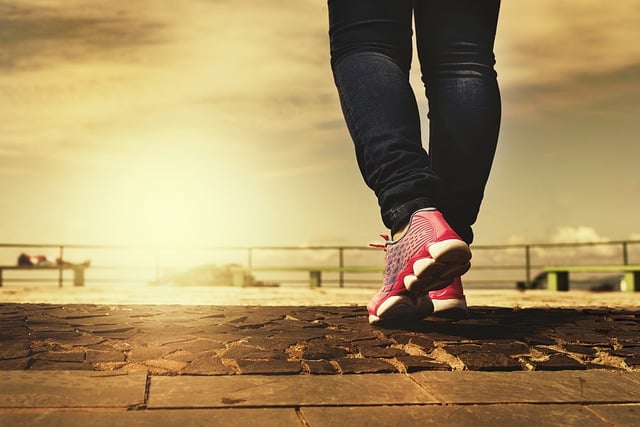
Thanks to bipedalism we can walk on our hind limbs.
The position adopted by someone who is standing is called bipedalism . More precisely, bipedality is the ability to stand and move on both lower extremities .
bipedal animals
It can be stated that bipedalism is a consequence of the natural evolution of various species. Homo sapiens , for example, can walk upright thanks to their physical characteristics.
Many animals are quadrupeds : they can only walk on their four legs, such as dogs , giraffes and rhinos. Others, however, are able to stand for short periods, while some only walk on two legs. Kangaroos and penguins are examples of bipedal animals.
The fact of moving upright increases the chance of developing multiple actions , since the upper limbs are not involved in walking. Bipedalism allows you to access food found in trees and transport food or utensils with your upper limbs, to mention two possibilities.
Bipedalism in humans
It is interesting to consider how bipedalism is established in humans . At birth, babies cannot stand up, much less walk. Only around nine months is a child ready to stand briefly with the help of his or her arms, while autonomous walking is usually not achieved before one year of age. Adults, in this framework, must promote correct standing.
Human bipedalism, however, can be affected by different factors. Deformities in muscles , joints or bones; perception problems; and cognitive alterations can impair and even prevent standing. Hearing problems are many times more harmful in this regard than vision problems, since we are not aware of the importance of hearing in our balance. In other words, legs and feet are far from being the only healthy parts of the body that we need to walk and stay upright.
As the years go by, and as we enter old age, standing becomes increasingly difficult due to the natural deterioration of our body, although this does not happen to all people. There are those who arrive upright and walking until their last day, while others depend on walkers and canes for two or three decades before their death. Lifestyle, especially diet and physical exercise , are key to reaching old age in good condition, but there are also degenerative diseases that are beyond our control and prevent us from moving normally.
Disabilities
When we think of an example of a healthy and happy human being, we see them in different situations, several of which require moving on two legs to interact with the outside world. This leads us to an important analysis, in which two disparate issues can be confused: disabilities that prevent the use of standing do not necessarily lead to unhappiness or lack of personal fulfillment; On the contrary, frustration and sadness usually lead to excessive sedentary lifestyle, lack of mobilization.

It takes babies about a year to learn to walk.
Although our species has the genetic ability to walk on its two hind limbs , there are thousands of individuals who cannot take advantage of it because they are born with certain conditions or because they suffer an accident that forces them to change the way they move around the world. But many of them lead perfectly normal, satisfying lives, with as much involvement from society as anyone else.
However, when the problem is a lack of success in professional or romantic life, due to emotional issues, one of the first signs that people show is isolation and decreased interaction with the outside world. All of this usually translates into excessive hours in bed or sitting in front of a screen, for example, suffering from not being able to go out and feel comfortable. In short, the image of the human being standing as a synonym for health is not accurate, since it is based solely on one physical parameter but ignores others, both emotional and congenital.
